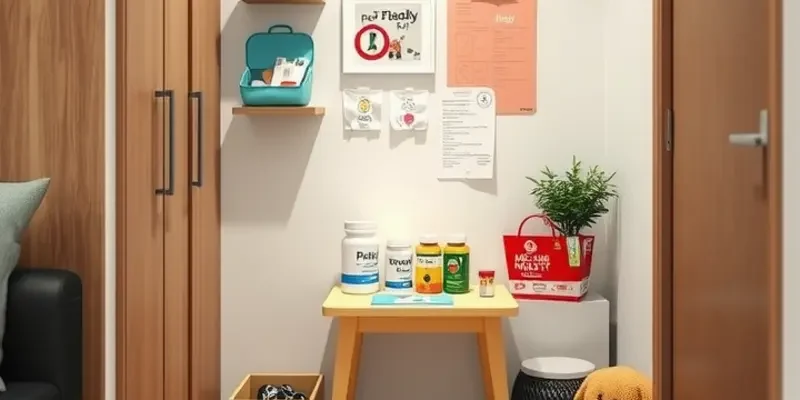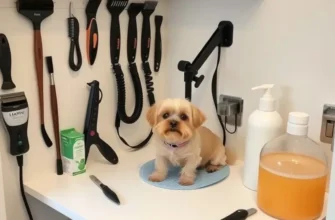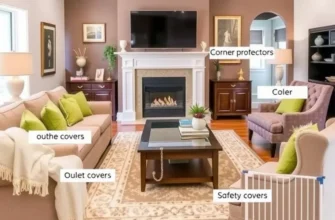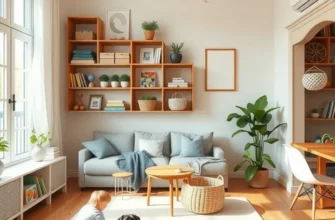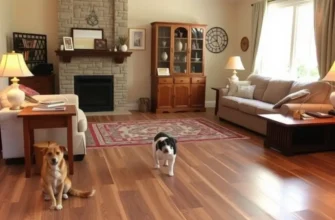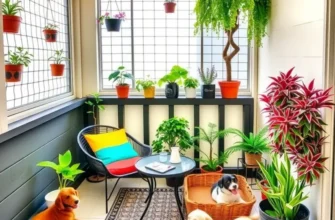Finding a pet-friendly apartment can be a challenging endeavor for families and couples alike. The right living space should not only accommodate your furry friends but also be a sanctuary for your children. As caring pet owners, ensuring your pets’ health when living in close quarters is crucial. Proper medication management is vital in preventing illness and ensuring your pets thrive in an apartment environment. With limited space, understanding how to effectively administer pet medications while keeping a safe, comfortable home for both pets and kids is essential. In this guide, we will present practical tips and step-by-step advice that will help families successfully navigate the world of pet medications. Remember, a happy pet leads to a happy family!
Setting Up a Safe Medication Space
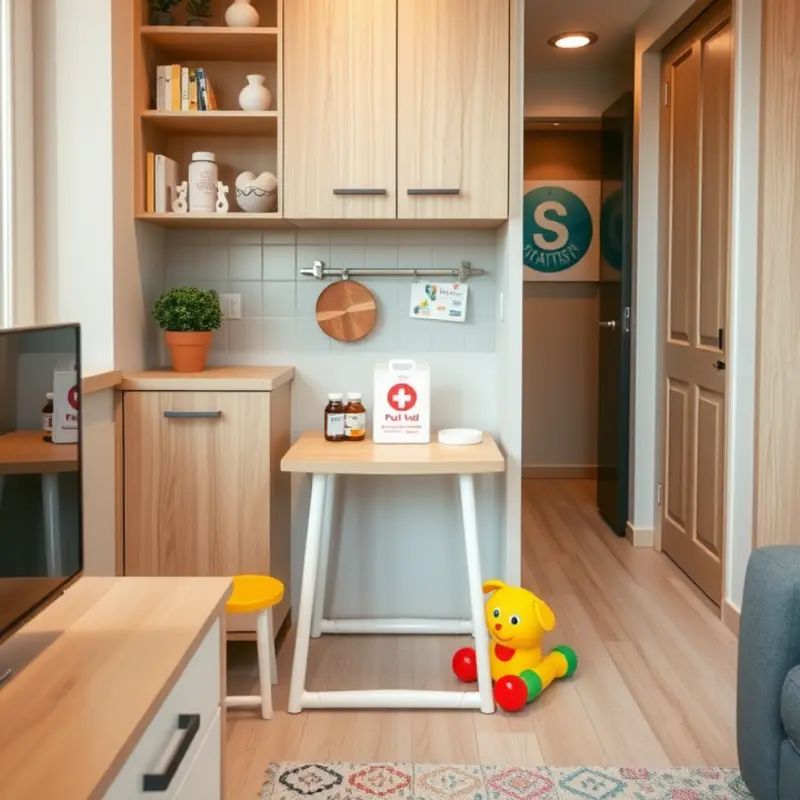
Creating an effective medication space in your apartment is vital for keeping your furry family members healthy and ensuring your home remains organized. This can be a transformative step towards managing pet care smoothly, especially when space is limited. Follow these strategies to set it up efficiently.
1. Choose the Right Location
Choosing the right spot for your medication station involves both accessibility and safety. Ideally, it should be out of reach from curious pets and young children while still convenient for daily use. A high shelf in a kitchen or a closet near the entry area can be effective. If you’re optimizing space, consider adding a section on an existing wall shelf. Apartment-friendly DIY coat racks could provide additional support if you need more hanging area.
2. Secure Storage Solutions
Invest in airtight containers or lockable boxes to store medications. This prevents moisture from affecting the medication while securing it against accidental access by pets. Clearly label each container with the pet’s name, medication type, and dosage instructions to avoid mix-ups. Make use of stackable storage options to maximize vertical space in smaller apartments.
3. Organize Essential Tools
Keep essential administration tools handy. This may include droppers, syringes, pill cutters, and gloves. Utilize small drawers or baskets to sort these items efficiently. Place frequently used tools in a container at the front of your storage space for easy access. Regularly check expiration dates of tools and medications to maintain efficacy and safety.
4. Dedicate a Cleanup Spot
Designate a specific area or container for cleaning materials. Disinfectant solutions, paper towels, and hand sanitizers are useful to have nearby for quick cleanups after administering medication. This keeps the process hygienic and quick. Ensure your cleaning supplies are safe for both pets and humans, avoiding any harmful chemical residues.
5. Establish a Routine
Consistency is key for both you and your pet. Choose a regular time each day for medication to integrate it into your routine seamlessly. This helps in building trust and cooperation from your pet as they begin to anticipate and understand the process. Place reminders or alarms if needed, ensuring you don’t miss scheduled doses.
With these setup strategies, your apartment can accommodate your pet’s medication needs without sacrificing space or aesthetic. Adapting your home environment ensures a seamless, stress-free experience for both you and your pet, promoting a healthier and more harmonious living experience.
Administering Medications with Ease
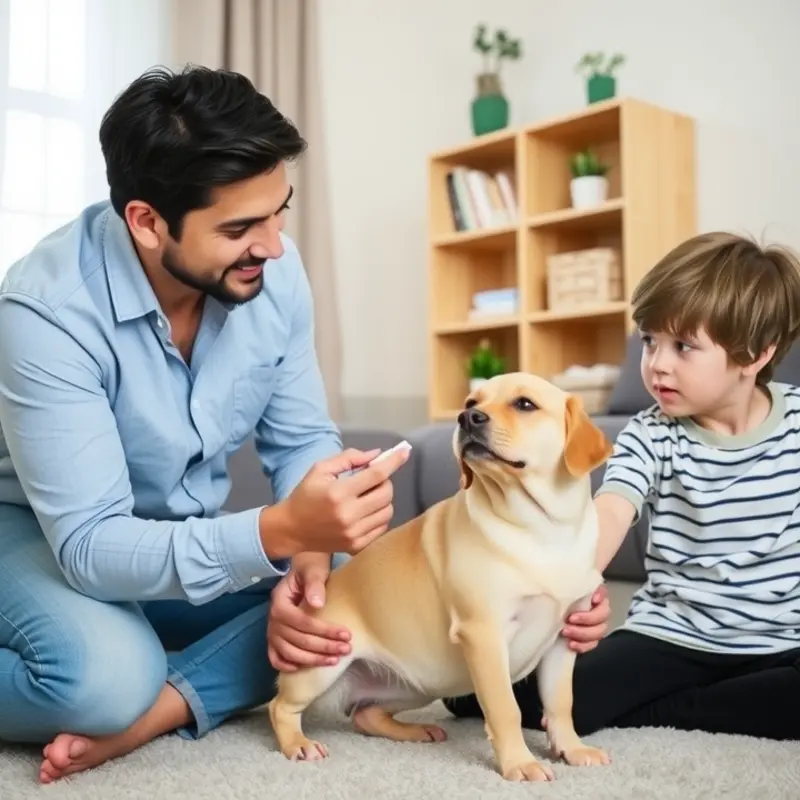
Administering medication to pets while living in an apartment can be a delicate task, especially when children are present. Having a few strategies in place can transform this sometimes-challenging process into a smooth routine.
Start by creating a dedicated area in your apartment specifically for medicating your pet. This could be a quiet corner in the living room or a nook in the kitchen where distractions are minimal. Keeping medications in a secure location, away from children’s reach, is paramount. Consider using high shelving or a locked cabinet to store medications safely, taking cues from child-safe apartment storage.
Before administering medication, ensure that you have easy access to all necessary items. Preparing in advance reduces stress and helps prevent accidents. Have the medicine ready, and keep treats or rewards nearby. When possible, medication should be given at the same time each day, integrating it into the pet’s usual routine.
For pets that resist taking pills, consider hiding the medication in a treat or a piece of food they love. Many pets can detect the pill even when it’s concealed, so experimentation with different types of food may be necessary. If your pet is particularly discerning, crushing the tablet and mixing it with a wet pet food can be more effective—just confirm with your vet that the medication can be safely crushed.
When it comes to liquid medications, use a syringe without a needle for accurate dosing. Approach your pet calmly, and gently open their mouth. Administer the liquid slowly into the side of their cheek, giving them time to swallow.
In cases where applying topical treatments or ointments is necessary, wait until your pet is calm or sleepy. This could be after a long play session or following a meal. Engage your pet with gentle strokes or belly rubs to keep them relaxed during the process.
Involve your children in the process if it’s safe to do so. Assign age-appropriate tasks like petting and comforting, which can help instill a sense of responsibility in them. Explain the importance of the medication to your children in simple terms so they understand the need for cooperation and calm.
Finally, keep a record of medication schedules and dosages. This not only helps track what has been administered but also serves as a useful reference in discussions with your veterinarian. A simple chart on the fridge or a digital note on your smartphone can help ensure accuracy.
With these steps, administering medications to your pet in an apartment setting can become a structured and stress-free part of your family’s daily routine. By maintaining calm and organization, you ensure both safety and the well-being of your pet.
Final words
With a little planning and understanding, managing pet medications in an apartment is absolutely achievable. A calm, organized environment not only makes administering medications easier but also promotes the health of your beloved pets. Remember that when both pets and children feel safe and cared for, the entire family thrives. Embrace these tips, and transform your living space into a peaceful haven for all family members, both furry and human.

